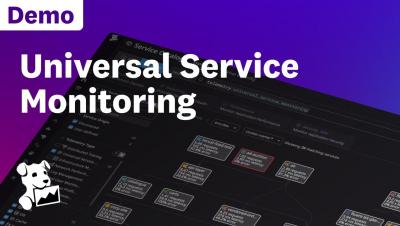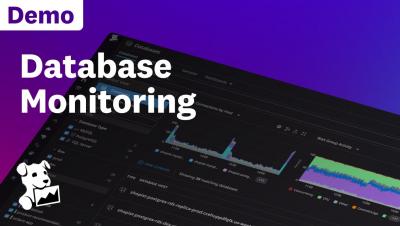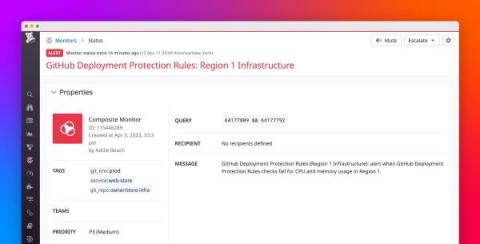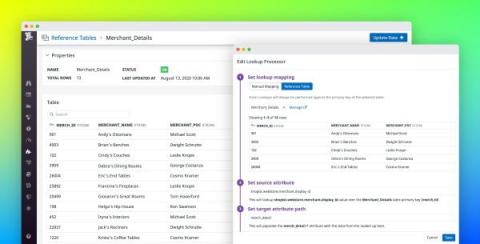Monitor your TeamCity builds with Datadog CI Visibility
As the complexity of modern software development lifecycles increase, it’s important to have a comprehensive monitoring solution for your continuous integration (CI) pipelines so that you can quickly pinpoint and triage issues, especially when you have a large number of pipelines running.











